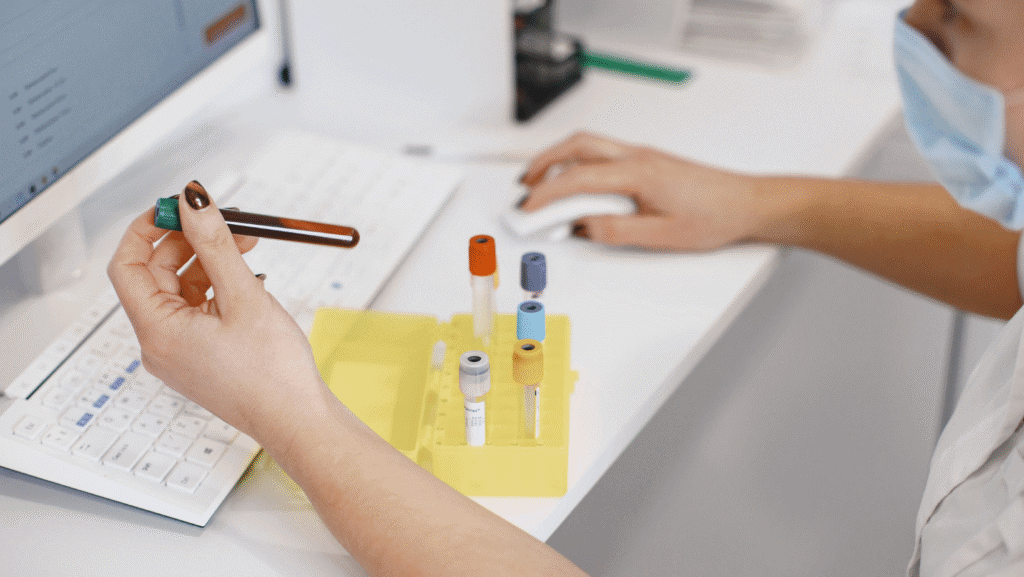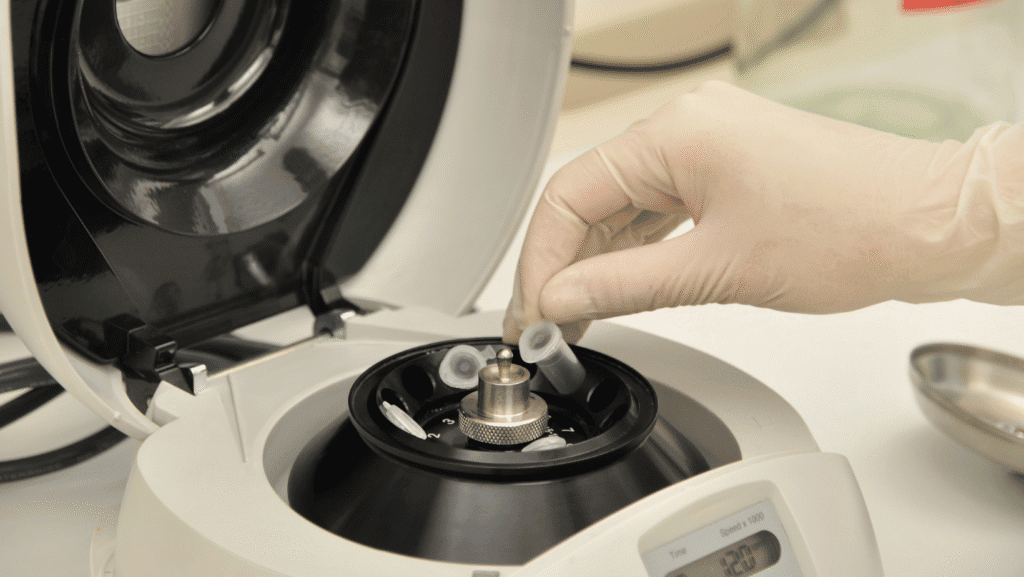


In today’s fast-paced healthcare environments, timely diagnostics can save lives. This is where point-of-care testing (POCT) steps in—bringing critical testing closer to the patient, whether in rural clinics, emergency rooms, or mobile units.
If you're planning a point-of-care testing station in the Philippines, having the right equipment in place is essential. In this guide, we’ll walk you through a complete POCT equipment checklist, tips for choosing the right portable lab analyzers, and how you can set up a station that’s efficient, scalable, and reliable.
Setting up a POCT station is more than just placing analyzers on a desk. Done right, it can:
In countries like the Philippines, where logistics can delay centralized testing, POCT becomes even more vital. It decentralizes healthcare and strengthens diagnostics at the frontline.

Here’s a practical POCT equipment checklist for any facility planning a mobile or decentralized testing setup:
Ideal for complete blood counts (CBC) in minutes—critical in cases of infection, anemia, or dengue.
Used for testing blood glucose, liver enzymes, kidney function, and more. Look for units with multi-test capability and built-in touchscreen interfaces.
A must-have for diabetes and emergency care. Choose a model with high sample stability and easy calibration.
Useful for patients on anticoagulants or suspected clotting disorders. Some handheld models offer PT/INR results in under 2 minutes.
Essential for plasma/serum separation, especially if certain tests require clear samples.
Needles, tubes, swabs, capillary tubes, alcohol prep pads—stock up based on the tests you’ll perform.
Laptops or tablets with LIS integration allow for real-time result reporting, especially important for facilities with central record systems.
Power stability is essential, especially in mobile clinics or barangay testing missions.
For tests that require temperature-controlled reagents (e.g., enzyme-based kits).
RELATED READING: In Focus: Laboratory Equipment for Infectious Diseases

Your POCT setup is only as strong as your equipment. Here’s what to consider when selecting portable lab analyzers:
RELATED READING: Buying A Hematology Analyzer Machine: 9 Best Features
A well-functioning POCT setup doesn’t just rely on equipment—it relies on people and processes. Here are a few best practices:
Train your staff to handle POCT equipment, troubleshoot errors, and perform internal quality checks.
Use manufacturer-recommended control samples regularly to maintain result accuracy.
Dispose of sharps, reagents, and biological waste according to DOH standards.
Schedule preventive maintenance or partner with suppliers that offer local technical support.

Start with a hematology analyzer and chemistry analyzer, which cover a wide range of diagnostic needs in one setup.
Yes. Modern portable lab analyzers offer high accuracy and are validated against central lab standards.
Absolutely. They’re ideal for mobile diagnostics, barangay outreach, and emergency settings.
It depends on your testing goals, patient volume, budget, available space, and staff capabilities. Start with essential analyzers like hematology and chemistry devices, and choose models that match your workflow and environment, especially if you're working in remote or low-resource settings.
A well-planned point-of-care testing setup bridges the gap between diagnostics and timely care, especially in fast-moving clinical situations or remote areas. With the right POCT equipment checklist and portable lab analyzers, your team can deliver life-saving insights anywhere, anytime.
Set up your POCT station with the right tools and training.